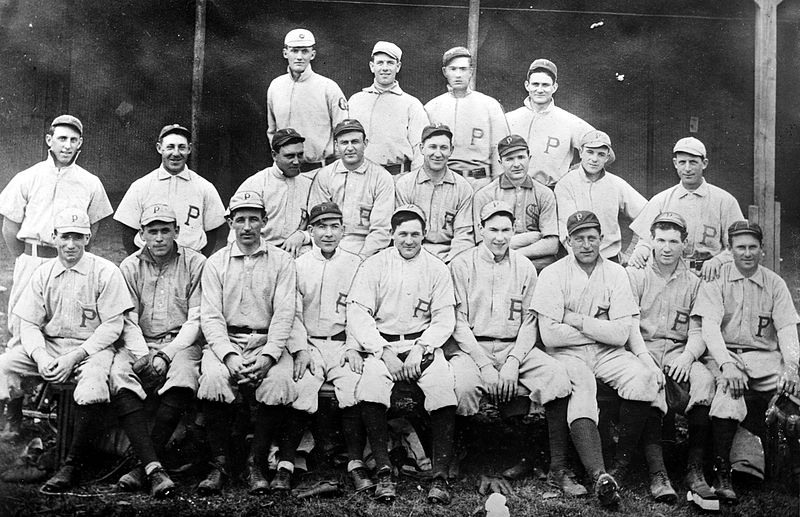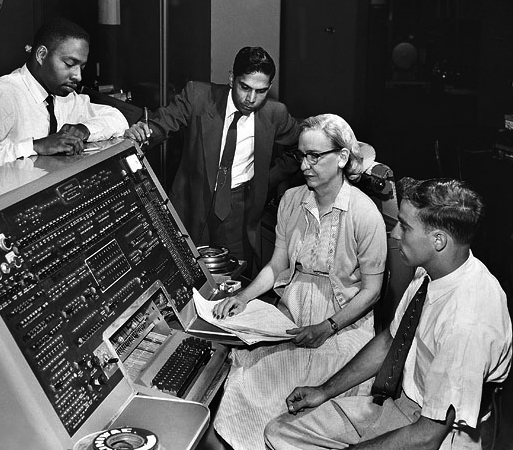
The Pittsburgh Pirates – 1907
One of the keys to our success as a Baldrige recognized company was the deployment and company-wide embracing of our five “evergreen” corporate objectives. These objectives addressed the needs of our major stakeholders;
- Shareholders/Owners
- Customers
- Employees
The five high level objectives were used each year to align all business units, department, and individual objectives to the corporate goals. These are the five objectives:
- Exceed financial objectives
- Grow the company
- Improve quality and productivity
- Improve customer satisfaction
- Improve employee growth and satisfaction

By John Tedeschi
Nov 17, 2017

